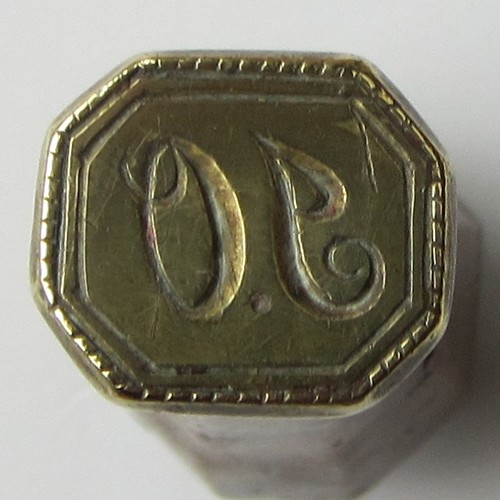Introduction
I, Carolyn hesitate to add a glossary to this site as the more that I read about Irish history the more I glimpse into its complexity. Below I try to say something helpful to readers who know a lot less about Irish history than even I do on:
- Congested Districts Board (CDB)
- Encumbered Estates Court
and notes on
- Griffith’s Valuation
- Irish miles and acres v Statute miles and acres
- NUI Landed Estates database
Congested Districts Board (CDB)
In the late 1880s Arthur Balfour, Irish Chief Secretary set up a number of measures to improve the level of prosperity in areas like Burrishoole which were ‘congested’ by a large number of small tenanted holdings that could not support a family at a decent standard of living. For the first couple of decades The Congested Districts Board was poorly funded and it was only able to help by promoting improvements in agriculture, local industries and projects, not land distribution on the scale required to make a long term impact.
The effect of the increase in the Board’s funding in 1903 to £250,000, and later increments can be seen in entries in Arthur Oram’s diaries. Gradually Arthur lost agencies as tenanted holdings were sold to the CDB. In their turn the CDB arranged that the tenant farmers bought the property on repayment terms similar to the rent that they had been paying. Mr Anketell-Jones sold the tenanted holdings of the Burrishoole Estate to the CDB in 1905. Arthur Oram was in discussion with the Board on behalf of his sister-in-law Mrs Dick at Mullaun when she sold part of her family’s land. Arthur also helped the Hope sisters agree a price for Knochloughra after their father and Arthur’s friend George Hope died.
The CDB wanted to ensure that tenant farmers who they had assisted could buy extra land to ensure a decent standard of living. Unfortunately the CDB was not able to force the sale of the necessary tracts of good untenanted land that was let under grazing agreements. This fuelled a great deal of discontent amongst the people that the CDB were supposed to be helping. Arthur Oram’s cousin-in-law James Cowan was a grazier who was still not cooperating in 1931 when questions were asked in the Irish Parliament about his holdings of over 800 acres. By then the Congested Districts Board had become the Irish Land Commission.
There is still debate over the Congested Districts Board, see http://www.galwaycity.ie/GeneralNews/150413_01.pdf
In an un-sourced footnote in Robert Kee’s 1972 “The Green Flag” says: Vindication of those who had always maintained that it was the system itself and not the fecklessness of the Irish tenant that made land tenure in Ireland unworkable was found in the fact that out of a total of some £120,000,000 advanced to the Irish peasant in the course of the whole operation, only £12,000 was not repaid.
Encumbered Estates Court
A significant number of Irish landlords in western Ireland were facing bankruptcy after the years of famine in the mid-1840’s and the Encumbered Estates Court was set up with the intention of injecting capital into the area by selling the estates to English and Scottish gentlemen. The scheme worked when, for instance, the Grant family bought the Lagduff estate, but on the whole it backfired causing extra evictions as more land was put over to grazing. The Encumbered Estates Court was one of a number measures that pre-dated the Congested Districts Board. All had the aim of improving the living standards of the poorest tenant farmers but it was not until the early 20th century that this aim really started to be realised.
Griffith’s Valuation for County Mayo was published between 1855-1857. It lists of all property holders in each townland in County Mayo, the person from whom the property was leased, who was not necessarily the land owner, and the size of the holding.
Who was Griffith? See ‘ask about ireland’ website for more about Griffith’s Valuation.
Link to ‘ask about ireland’ website to search the records
Irish miles and acres v Statute miles and acres
1 Statute Mile = 1760 Yards
1 Irish Mile = 2240 Yards
11 Irish Miles = 14 Statute Miles
1 Statute Acre = 4840 SQ. Yards
1 Irish Acre = 7840 SQ. Yards
121 Irish Acres = 196 Statute Acres
NB: Griffith’s used Statute measurements, as did Ordnance Survey Ireland.
In Griffith’s the area of the land is given in columns with the headings
A = Acres, R=Roods and P=Square Perches
640 Acres = 1 Square Mile
4 Roods = 1 Acre
40 Square perches = 1 Rood
The ratio between square perches, acres and square miles were the same in Irish and Statute units; but because an Irish mile differed from a Statute mile
7 Yards = 1 Irish Perch while 5.5 Yards = 1 Statute Perch (also known as a Pole or a Rod.)
Metric conversions
Acres to Hectares multiply by 0.40469
Sources: Ordnance Survey Ireland http://www.osi.ie
NUI Landed Estates database
http://www.landedestates.ie/LandedEstates/jsp/index.jsp
A database developed in the 21st century at the National University of Ireland, Galway it is the prime website for information on landowners in the West of Ireland. No doubt, in due course information from John and Arthur’s diaries will be incorporated into the database.


